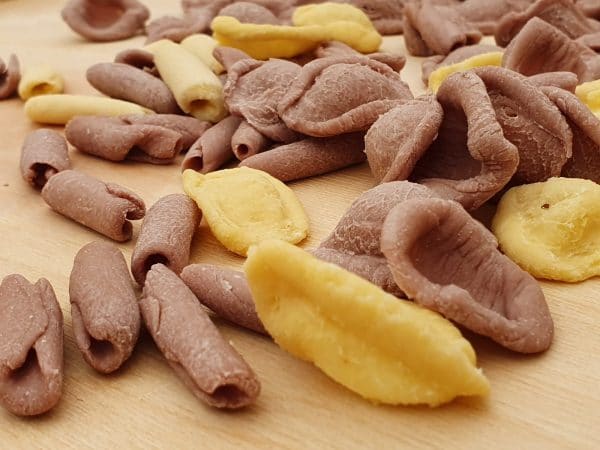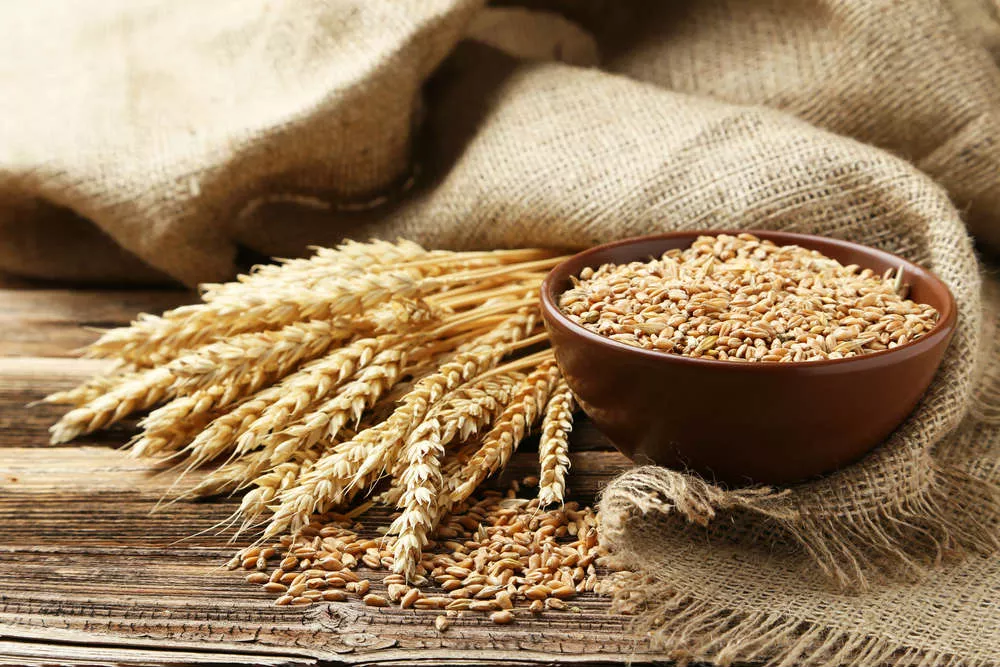La nascita delle Orecchiette

La nascita delle orecchiette è avvolta nel mistero. Il poeta latino Varrone parla delle lixulae, un tipo di pasta a forma rotonda con il centro concavo ottenuta con farina, acqua. MEDIOEVO Nel Medioevo, nella zona provenzale, si produceva una pasta simile alle orecchiette, le crosets. Con il grano duro si lavorava una pasta piuttosto spessa, che veniva […]
Il grano Senatore Cappelli

Quando, nel 1906, il marchese Raffaele Cappelli, proprietario di numerosi poderi in Capitanata, decise di adibire alla coltivazione sperimentale uno di essi, il ministro dell’agricoltura gli fece il nome di Nazareno Strampelli. Raffaele Cappelli Quest’ultimo era agronomo e genetista, da anni impegnato nell’ibridazione delle specie di frumento sulla scia delle teorie di Mendel. Strampelli accettò […]
Apulian Menù. The Orecchiette with brasciole
The Orecchiette con brasciole is a real classical menu in Puglia. It’s very common to smell this particular meat sauce on Sundays along the streets of our neighbor towns, prepared with the traditional hand-made orecchiette by our mothers’ and gradmothers’ hands. Let’s start to prepare this typical Apulian menù. Look here for vegetarian solutions>>> What […]
Practical lesson 1 – The Orecchietta
this mini-guide that summarizes the salient aspects of the production of the Orecchietta, the typical Apulian fresh pasta.